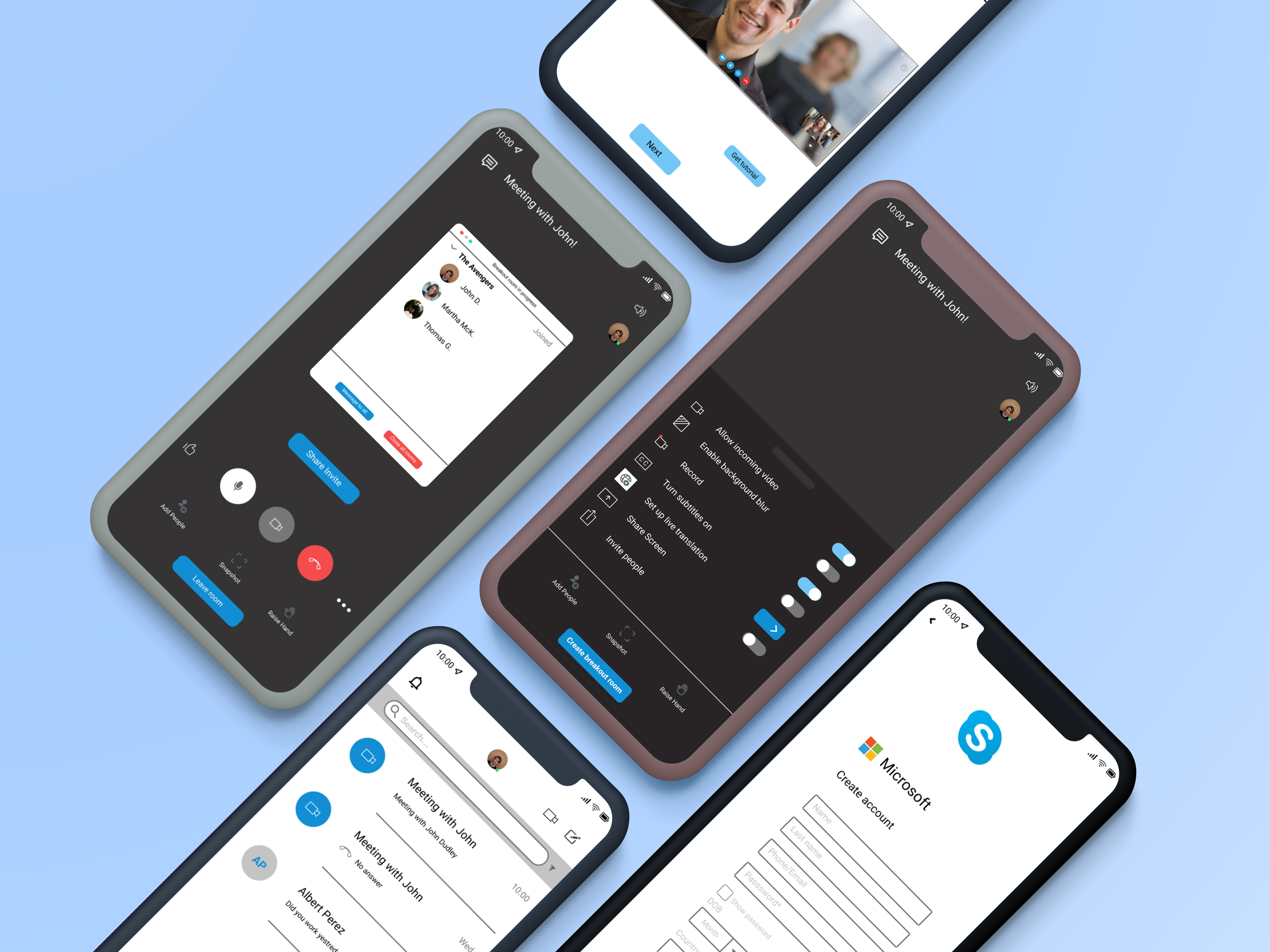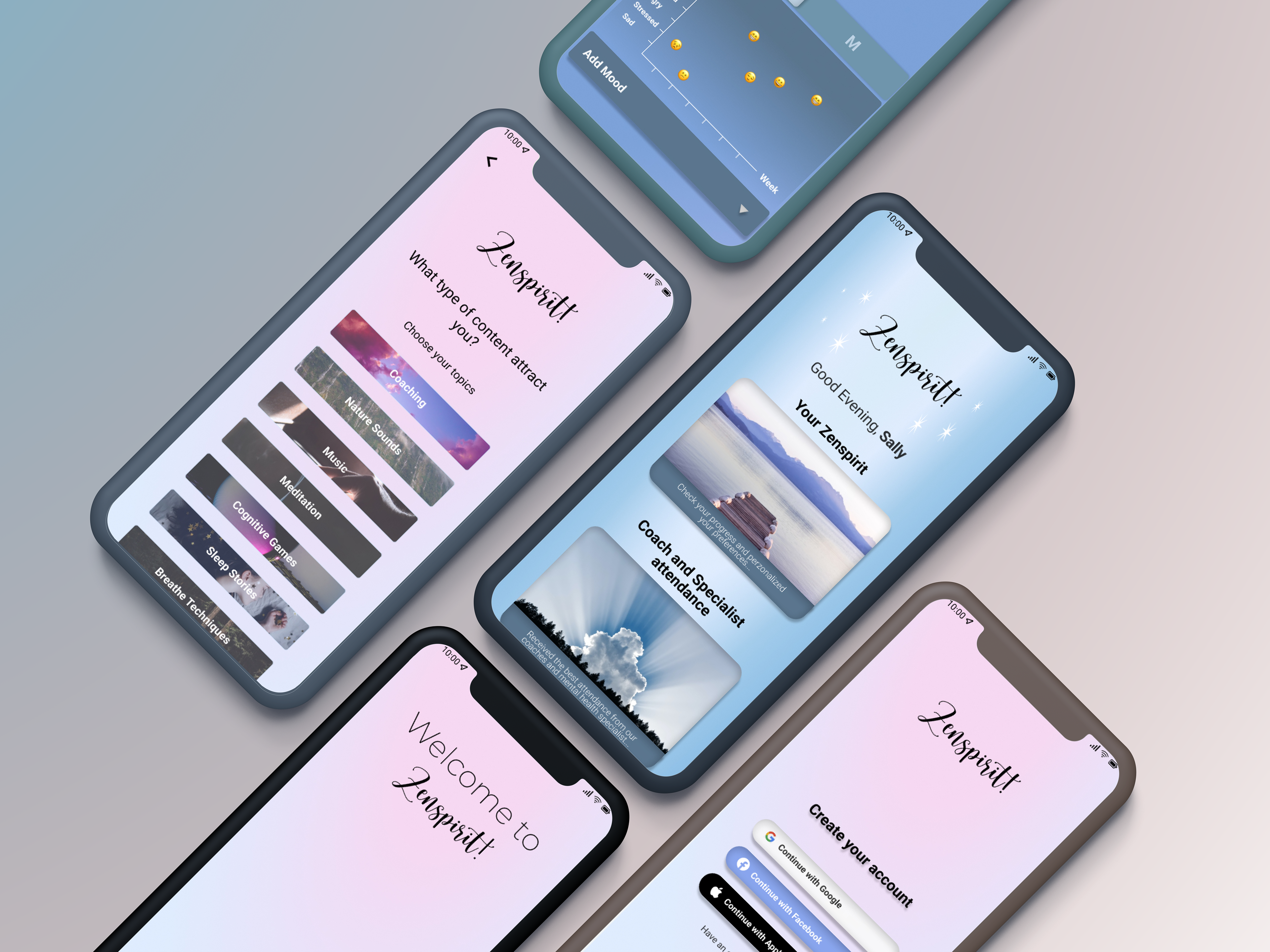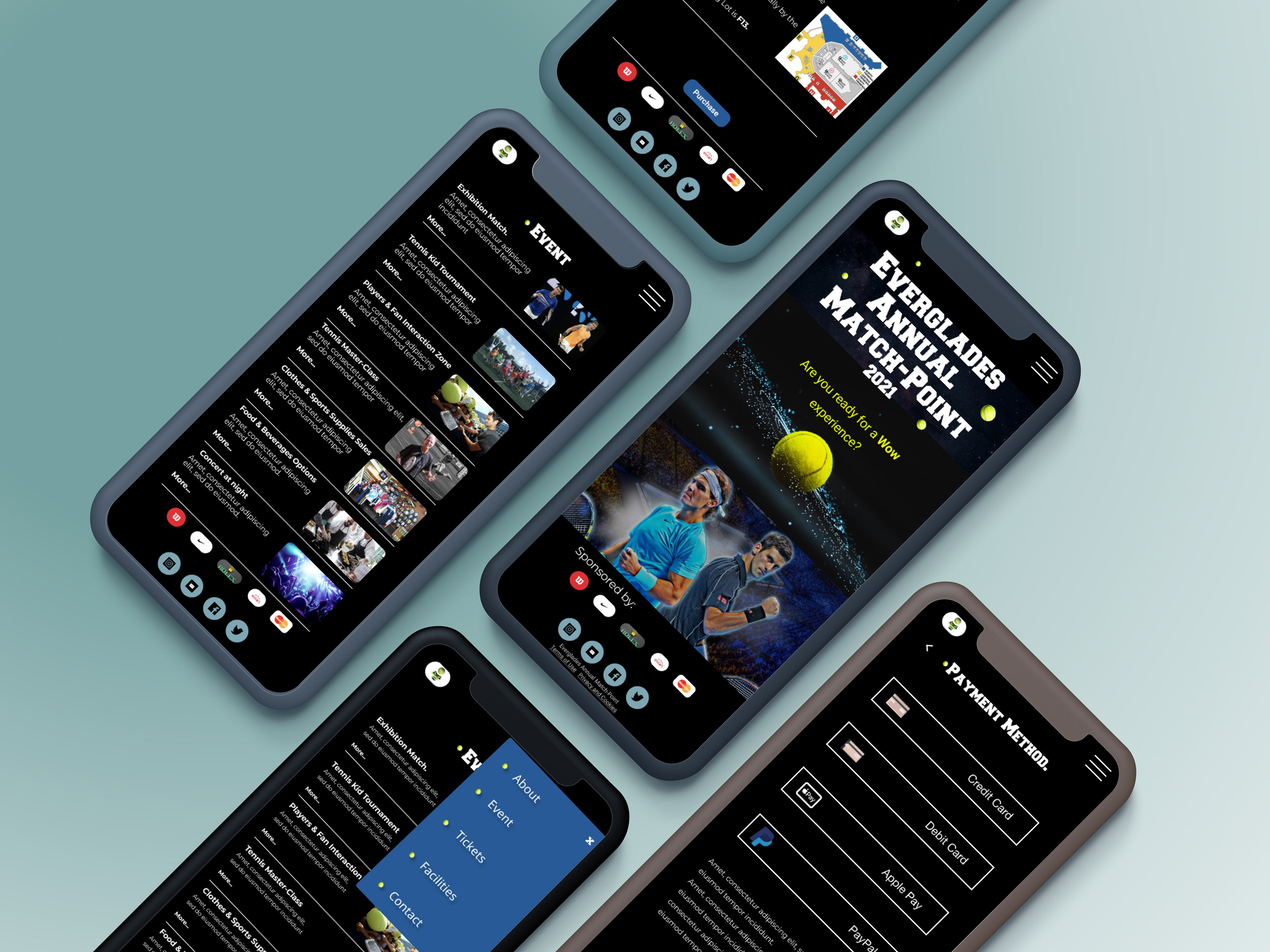UX Research
Prototyping
UI Design
15 Days Sprint
Figma, Maze, Miro
Disclaimer
In our final project, for a period of two weeks, we focused on a digital product with a real client. An exciting scenario that conducted us to collaborate with one of the biggest companies in U.S. The OfferUp design team provided us with briefs, and after choosing a topic, we were allowed, from a different perspective, to collaborate with them and contribute new ideas. This represents a great opportunity to strengthen and apply the knowledge acquired and integrate all the skills learned.
*Due to signing a NDA data does not reflect real numbers.
The Brief
This challenge had the objective of including a feature to OfferUp taking into account the specific topics of jobs, service opportunities, and tasks to be performed in order to be hired. Furthermore, in order to incorporate the idea, we found it convenient to research about the company, its business goals and how valuable the new feature would be for those customers using the application. The tools that we used for our purpose were: Figma, Miro, Maze.
DISCOVER
The Client
OfferUp was launched in 2011 by Nick Huzar, former co-founder and CTO of Konnects, Inc. It is the largest mobile marketplace for local buyers and sellers in the U.S and its mission entails helping millions of buyers and sellers come together to discover value through their local marketplace and in that sense, help empower people to connect and prosper.
In 2016 the company raised $130 million in funding, bringing the company's total funding to more than $221 million, and was the only Seattle-area closely held tech company valued for more than $1 billion, making them the area's only unicorn company.
Market Research
Considering this information about our client, it was important to connect some aspects that could be related with our project’s main goal. We noticed the fact that getting jobs and service through a platform sometimes can be difficult. Hence, we realized that an important number of people in U.S have been affected by the COVID-19 pandemic, 9.5 millions of jobs were lost since February 2020. In total, this translates to 25.1 million workers (14.7% of the workforce) being directly harmed by the coronavirus, and these catastrophic numbers reinforce the need to get new solutions and provide useful alternatives for people seeking job opportunities..
Feature Comparison Chart
After this research was completed, we went into the Feature Comparison Chart which helped us to compare the relevant features of the direct and indirect competitors which in this scenario was TaskRabbit, Groupon, Snagajob, and Nextdoor act as direct competitors, and Upwork and Craigslist as indirect. This context revealed to us some key learnings, all of them related to the features that they already have or not. In this sense, we found opportunities that provided some insights into the market, and how these ideas can be implemented.
Market Positioning
A Market Positioning Chart was also created allowing us to know where existing products and services are positioned in the market so we can decide the location (blue ocean) as an uncontested opportunity to improve the product and the business objectives and move forward with our goals. The axes are focused on a better understanding of the platform accessibility and the products and services that those apps offer. The key insights revealed us that the market segmentation and what opportunities have to be targeted in this scenario.
User Research
Quantitative Data
After completing this market analysis we decided to move forward by collecting valuable information through a survey that we created which ultimately will reveal to us that people don’t use a task for hire service apps to get a specific job, what are the main concerns that constraint that possibility and the alternatives that users take when they need a service.
This tool allowed us to access users' opinions and elaborate on reasonable statistics.
Qualitative Data
Then, in order to engage and empathize we conducted some interviews that eventually gave us a valuable insight for a better understanding about why people are skeptical of using an app to hire people and why they found more convenient using their friend’s network in order to cover their necessities. The results showed us that people are looking for: worthiness in a platform and reliability expertise level.
These quotes summarized the aspects that were revealed to us:
“I use offer up a lot, so I would like that the app would include the opportunity to be in touch as well with people who need a task for hire instead wait a long period to get the information from other sources.” Javier
“Trust, trust is a big word, I need to trust in what an app can offer me… if not, I will keep using my friends to get help.” Ariarne
“Sometimes I don’t know how to fix something in my home, also probably, I will miss the right tools for fix it or the right time to spend on it.” Marc
DEFINE
Affinity Map
After we have completed the user analysis, we decided to create this Affinity Map in order to organize and get a bigger picture of the information already collected and put in perspective each aspect that will be useful for future tools.
That gave us the possibility to understand the users on:
- Frequency of using a task for hired a service/provide a service
- Users motivations using a hiring/providing a service
- Apps or platforms used most
- Level of satisfaction Hiring /providing a task for service
- Alternatives for get a task for hired instead app
- Features suggested to improve/include
- Pain Points
Value Proposition Map - Customer
By analyzing those results, we were in position to examine what the Value Proposition Map reveals, understanding how the product meets our customer’s values and needs, and how it fits in the market. We also learned about what kind of user’s motivations and desired outcomes our customers have and also considered the emotional and social context.
However, is important to highlight that this context point the follow aspects:
- Opportunities of customer-workforce interaction.
- Target the human component.
- Find a solid trustworthiness foundation.User Persona
Assembled from the behaviors and motivations of our actual users, we decided to create our User Persona, the data already gathered allowed us to bring to life this representation of one audience segment with the purpose of creating the product design that we ultimately have to create.
As-Is Scenario
That conducted us to visualize an As Is Scenario interacting with the technology and how she completed each step of the mental process, knowing her feelings and thoughts (we put ourselves in her shoes in order to align her reality with the data collected). Therefore, we intend to re-examine the key interaction points in the story and think how the technology would help the user in this specific context.
Journey Map
In order to discover opportunities and visualize the whole user journey, we created this journey map that allowed us to map out every phase of this process from beginning to end and let us to focus in those lower points or biggest problems that also would allow us to add a good solution that could impact the user's life.
So, by recreating a situation that eventually led our user to realize her needs and consider trusting a platform which is open to offer different services we found as an uncontested opportunity to make this commitment possible.
Problems Statements and How Might We
So now we have all the data, and we appreciate the level of engagement with our user, we found convenient to land in the follow Problems Statements and How Might We
1- Users who post odd jobs to OfferUp find it difficult to locate users to hire.
How might we facilitate a connection between users posting odd jobs to the appropriate users to hire?
2- Users are skeptical of a company's reliability when they come across the listing on the Offer Up platform.
How might we improve users' trust when it comes to the reliability of products and services?
3- Users are frustrated by the lack of transparency when it comes to availability and confirmation of hiring services on the Offer Up platform.
How might we provide users with transparency when it comes to availability and confirmation of hiring services on the Offer Up platform?
IDEATE
We had so many ideas in our parking lot and it went by quick building off of each other. Finally, we came out with about 22 ideas.
- Jobs listing
- Appointments System
- Specialist background check
- Task Matching
DEVELOP
MOSCOW Method
In order to know the simplest way to satisfy the business effort and the users’ values we elaborated the following MOSCOW method.
Value Proposition Map - Product
After using this important method, we were ready to complete the product and service side of the Value Proposition Map-Client conduct us to understand how our product can best serve our users for the best product market fit:
Highlight these aspects configure our purpose of making OfferUp a platform with multiple services and valuable for their users by considering:
- The business diffusion
- Presenting a jobs listing
- Jobs post possibilities
- Freelance marketplace opportunity
Minimum Value Product
A task for hire a feature providing users with the opportunity to find odd jobs by interacting with people searching to be hired, trusting the platform by checking the background and ratings of the workers and improve the response time and the availability through the platform.
- Jobs listing & task matching
- Worker background history & satisfaction guarantee
- Schedule system
- Feedback the service
Jobs To Be Done
- When using a marketplace app, users want to get odd services by trusting in the platform which helps them solve their problems.
- Mechanisms that enable the search for services to be effective through OfferUp and the guarantee of safety and reliability of users when looking for workforce is involved.
User Flow Chart
The other tools that serve to our purpose of representation but this time taking in consideration the user flow, is the User Flow Chart.
Representing the workflow of our user has to take, this tool allows us:
- To analyze each stage of the mental process.
- Homogenize the process looking up quality results.
- Identify obstacles, and unnecessary steps through the process and help us to improve it.
DELIVER
Finally, we are in the last stage of our Double Diamond process through our Lo-fi, Mi-fi prototype, and the Hi- Fi, showing the features added and the onboarding to those one who the user can wait for.
Lo - Fi
I sketched out a quick Lo-Fi prototype to quickly test and get feedback on by using Maze:
- The 100% of users complete the mission via the expected path.
- The average time spent on screens during the path was 4.0s.
- The mission’s average miss-click rate is fine: 3.3%.
- Clear instructions.
- Users complaint about the irrelevant quantity of elements in some frames.
- Unnecessary actions and flows .
- Nonsense in some stages of the flows.
Mi - Fi
- The 100% of users complete the mission via the expected path.
- The average time spent on screens during the path was 8.7s.
- The mission’s average miss-click rate is fine: 12.4%.
- Clear instructions.
- Navigation bar icons should be resized.
- Add some complemental user flow.
- Align and fix action buttons.
Atomic Design
In order to really understand the OfferUp design system and the user interface as a cohesive whole and collection of parts, checking out their Atomic elements already built, the tool allow us to keep consistency across all OfferUp design language, so when we add these new features it still respects the core mission and values of the current app version.
*Due to a NDA the atomic design chart is not reflected this time.
Hi - Fi
Users will be able to:
- Access to a new feature incorporated that allows them to post jobs to be hired.
- Request special services when the platform does not include the specific one.
- Access to the listing jobs and service displayed into the platform.
- By following the steps, users can notice and check the workforce’s member profile in order to gain confidence and trust in what the app offers. (system verification)
- Include the reviews by task and the rates for each of the tasks performed by the specialist.
- Schedule possibility and chat interaction client-work force.
- Evaluate the service once has been provided.
Success and Failure Metrics
Success
- Users inclusion.
- Increase user interaction into the platform.
- Increase level satisfaction.
- Time on tasks are reduced.
- Positive reviews online.
- More clients using the app.
- More jobs in the community.
Failure
- System verification has to be upgraded.
- Low reviews.
- Increase in bounce rate.
- Freelancers section has to be developed.
- Confusions moments
CONCLUSION
Key Takeaways
- OfferUp is positioned in the market as a task to be hired for an app.
- Features have product market fit.
- Value in the quantitative and qualitative data collected and feedback from my teammates.
- Trust in the research process.
- Improve your strategy during the prototyping process.
- Prototype in every stage was the key for consolidating the value collected from interviewee.
Had We Have More Time
- Test the High Fi prototype.
- Develop the freelancer side.
- Develop more features and user flow.
- Go deeper into the market research.
- Get more qualitative data (make more interviews).



